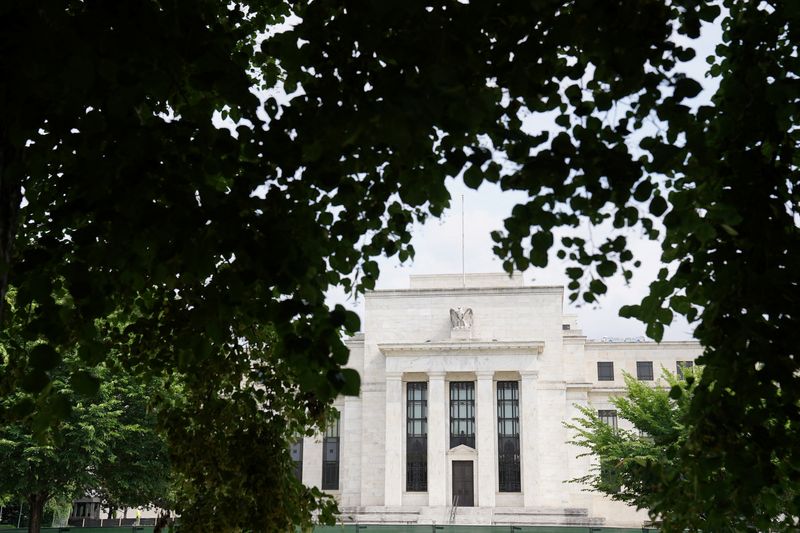
With markets pricing in the beginning of an easing cycle that will bring rates down from a 23-year high of 5.25% to 5.5%, much of the conversation has centered around the scope of September’s decision.
According to the CME Group’s (NASDAQ:CME) FedWatch Tool, the odds of a super-sized 50-basis point cut this week — rather than a more traditional 25-basis point drawdown — currently stand at 67%.
Heading into last weekend, the chances were even, but bets for a jumbo cut were bolstered by media reports suggesting that such a reduction was still an option. Former New York Fed President Bill Dudley has also argued that a bumper cut was needed because short-term interest rates are “far above” a neutral level that neither helps nor hinders economic activity.
Analysts at ING said in a note to clients that markets may be pushing the pricing for the Fed’s cut closer to 50 basis points “in an attempt to influence” policymakers. In any event, they expect the decision will be a “close call.”
However, in a note on Monday, analysts at Citi said that, regardless of the size of the cut, it is “clear […] that the Fed needs to start easing.”
“Various economic data points would suggest the Fed is somewhat behind the curve in this respect,” they added, pointing to inflation, manufacturing, and labor market data that is “well below where they typically are at the start of Fed cutting cycles.”
The trajectory of labor demand — and its implications on wider economic growth — will be a particular focus for investors, the analysts said.
In August, Fed Chair Jerome Powell said that the “time has come” to adjust monetary policy due to potential “downside risks” facing the jobs picture.
To read the full article, Click Here
